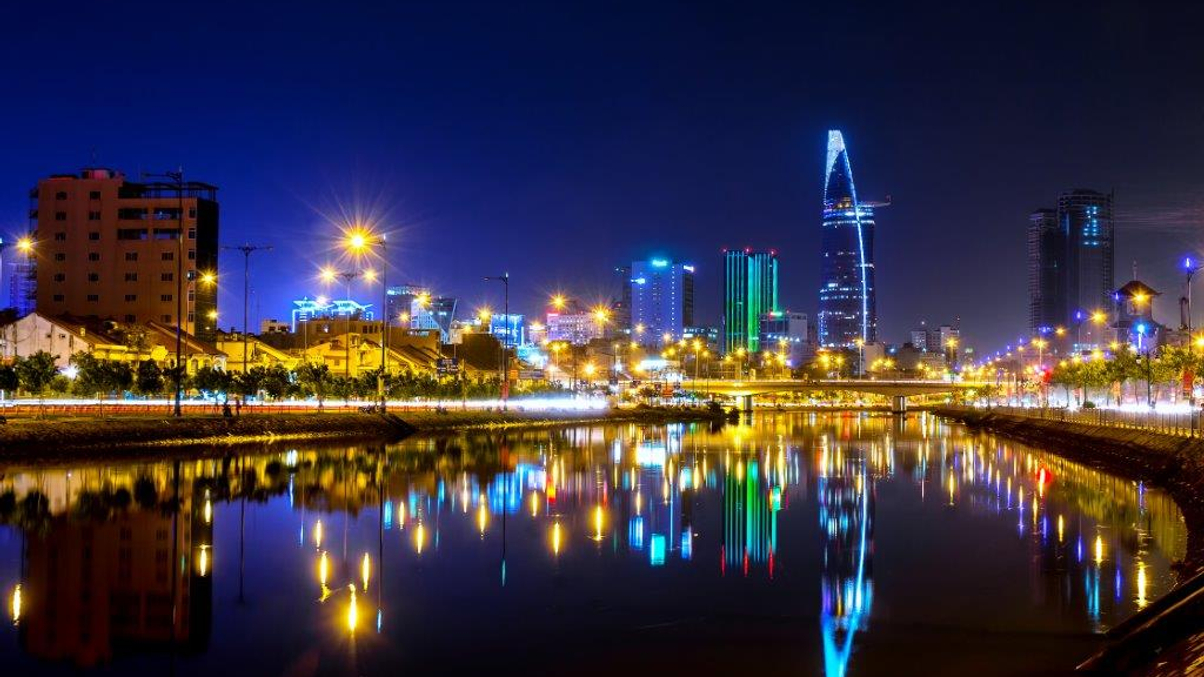Investors urged to expand allocations to frontier markets
The world can’t move to a sustainable future without investing in developing countries and providing them with the infrastructure they need, according to ESG specialists.

A structural imbalance in the way global investor capital is allocated poses a major threat to the less developed parts of the world, according to sustainable investment experts.
Sign In to Your Account
Access Exclusive AsianInvestor Content!
Please sign in to your subscription to unlock full access to our premium AI resources.
Free Registration & 7-Day Trial
Register now to enjoy a 7-day free trial—no registration fees required. Click the link to get started.
Note: This free trial is a one-time offer.
¬ Haymarket Media Limited. All rights reserved.


